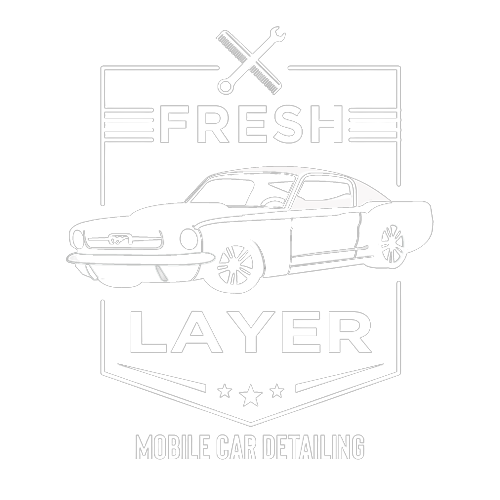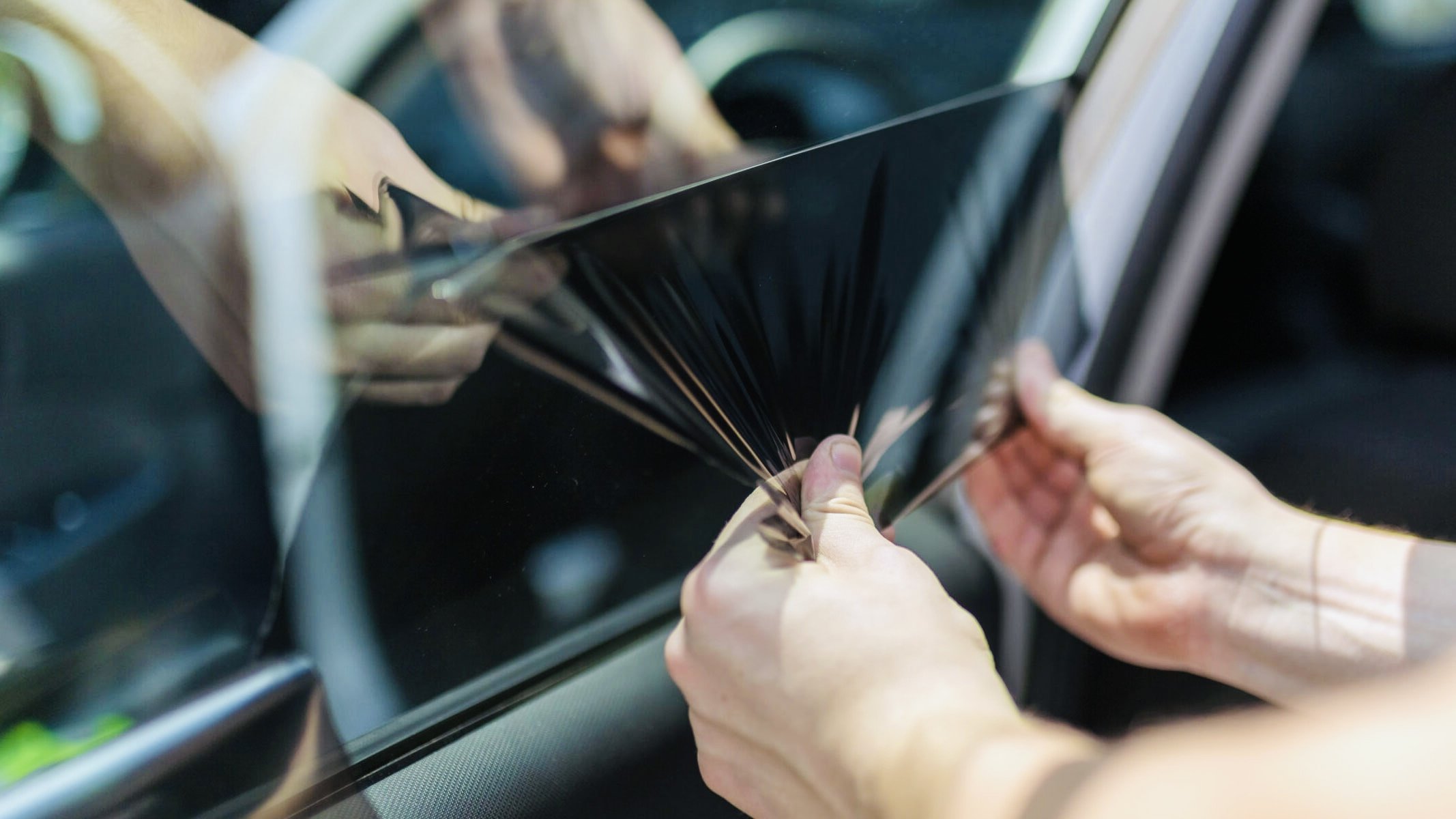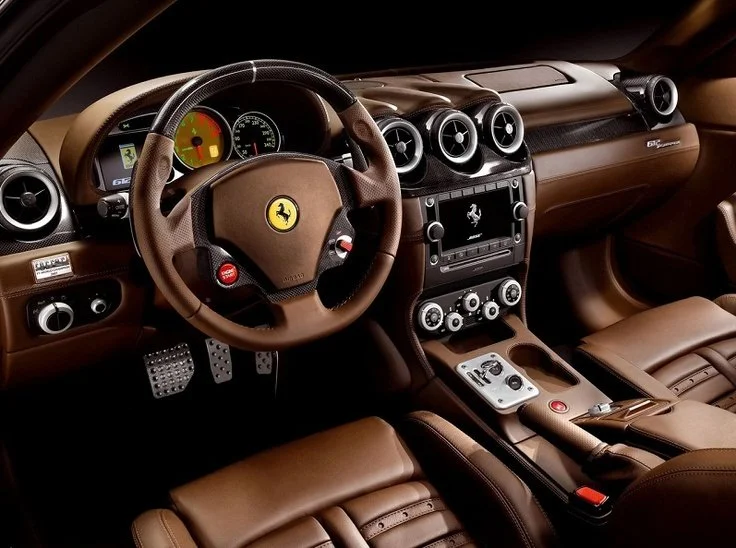How Much Does It Cost to Tint Car Windows?
Window tinting is more than just an aesthetic upgrade; it’s a functional enhancement that offers numerous benefits to vehicle owners.
From improving privacy and security by shielding the interior of your car from prying eyes to blocking harmful ultraviolet rays that can fade upholstery and increase cabin temperature, the advantages of window tinting are multifaceted.
Moreover, the sleek appearance provided by tinted windows can significantly enhance the visual appeal of your vehicle.
Understanding the costs associated with window tinting is crucial for car owners considering this valuable addition.
The price of window tinting services can vary widely, influenced by factors such as the type of tint material, the make and model of the vehicle, and the specific needs of the owner. In this article, we will delve into these cost factors, providing you with detailed insights to help you make an informed decision about tinting your car windows.
Types of Window Tint Materials
Choosing the right window tint material is crucial as it impacts not only the aesthetics of your vehicle but also its functionality and the overall cost of tinting. Here are the most common types of window tint materials, their benefits, and typical cost ranges:
1. Dyed Window Tint
Description and Benefits: Dyed window tint is made by placing a layer of dye between the adhesive layer and a protective top coating. It provides a matte finish that offers privacy while reducing heat and glare from sunlight. This tint blocks light rays rather than reflecting them, making it ideal for those seeking enhanced interior privacy without a reflective appearance.
Typical Cost Range: The cost of dyed window tint typically ranges from $100 to $200 for a standard four-door car, making it the most economical option available.
2. Metalized Tint
Description and Benefits: Metalized tint involves tiny metallic particles embedded within the film, which strengthen the window and provide a shiny finish. This type of tint reflects heat and UV rays more effectively than dyed tints, thus protecting the interior from fading and reducing the overall heat inside the car. It also adds to the window's shatter-resistance.
Typical Cost Range: Metalized window tints usually cost between $200 and $300 for a standard vehicle, depending on the quality and specific brand used.
3. Ceramic Tint
Description and Benefits: Ceramic window tints are the premium option and consist of a ceramic particle layer that blocks ultraviolet rays and heat without interfering with electronic signals inside the vehicle. They offer superior UV protection, do not fade over time, and provide the highest level of glare and heat reduction available in window tints.
Typical Cost Range: Ceramic tints are the most expensive, typically ranging from $300 to $500 or more for a standard vehicle. The higher price tag reflects their superior performance and durability.
Comparison of Durability, Effectiveness, and Cost
Durability: Ceramic tints are the most durable, followed by metalized and dyed tints. Ceramic and metalized films are highly resistant to fading, whereas dyed tints may fade over time.
Effectiveness: In terms of effectiveness in blocking UV rays and heat, ceramic tints rank the highest, with metalized tints coming in second. Dyed tints, while effective for privacy, do not perform as well in heat and UV rejection.
Cost-Effectiveness: Although ceramic tints are the most expensive, their durability and effectiveness in energy reduction can make them more cost-effective in the long run. Metalized tints offer a middle ground in terms of cost and performance. Dyed tints, while the least expensive, offer lower performance and may need to be replaced more frequently due to fading.
Factors Influencing Tinting Costs
Understanding the various elements that impact the cost of window tinting can help you budget effectively for this upgrade. Here are key factors to consider:
1. Type of Vehicle
Impact on Costs: The type and size of your vehicle significantly influence the cost of window tinting. Larger vehicles such as SUVs and minivans have more or larger windows and therefore require more film and labor compared to smaller cars like sedans. Additionally, vehicles with complex window shapes or steep curves may require more intricate and time-consuming work, increasing the overall cost.
Example: Tinting a full-size SUV may cost 25-50% more than tinting a compact sedan due to the increased surface area and the complexity of the windows.
2. Number of Windows
Cost Differences: The total cost of tinting can vary depending on whether you choose to tint only the front windows or the entire vehicle. Tinting only the front windows is typically less expensive but offers less UV protection and heat reduction benefits compared to tinting all windows.
Example: Tinting just the front windows might cost around half of the price of a full vehicle tint, depending on the tint material and the service provider.
3. Quality and Brand of Tint
Impact on Pricing: The quality and brand of the tint material also play a crucial role in determining the price. Higher-end brands and premium materials such as ceramic tints are more costly but offer better UV protection, heat reduction, and durability than more economical options like dyed tints.
Example: Choosing a premium ceramic tint over a basic dyed tint can nearly double the cost but provides superior performance and longevity.
4. Geographical Location
Regional Cost Variations: The cost of window tinting can also vary depending on where you live. Labor costs, the cost of living, and market demand in different regions can affect how much you’ll pay for window tinting services. Urban areas and regions with high demand for window tinting might see higher prices due to the higher operational costs and greater market competition.
Example: Tinting costs in metropolitan areas like New York City or Los Angeles may be higher than in smaller cities or rural areas.
Professional Installation vs. DIY Kits
When considering window tinting for your vehicle, you can choose between professional installation or opting for a do-it-yourself (DIY) kit. Each option has its advantages and considerations.
Professional Installation
Benefits of Professional Service:
Expert Application: Professionals possess the skills and experience to ensure the tint is applied smoothly, without bubbles, wrinkles, or misalignment. This expertise often leads to a more aesthetically pleasing and durable result.
Access to Better Materials: Professional tinters typically have access to higher quality, more durable tint materials that may not be available to the general public.
Warranty and Guarantee: Many professional tinting services include a warranty both for the tint material and the labor, providing peace of mind that any potential issues will be addressed without additional costs.
Expected Cost Range:
Costs for professional window tinting vary widely based on the type of tint, vehicle type, and location, but generally, you can expect:
Standard Films: $200 to $400 for most vehicles.
High-Performance Tints like Ceramic: $400 to $600 or more for larger or premium vehicles.
DIY Tinting Kits
Pros and Cons of Doing It Yourself:
Pros:
Cost Savings: DIY kits are generally less expensive than professional installation. They offer a budget-friendly option for those who are handy and have patience for detailed work.
Personal Satisfaction: Completing the job yourself can provide a sense of accomplishment and allow for complete control over the project.
Cons:
Risk of Poor Application: Without the proper skills and tools, DIY tinting can easily result in bubbles, peeling, and uneven lines, which can detract from your vehicle's appearance and require reapplication.
Time-Consuming: Properly tinting windows is a meticulous, time-consuming task, especially if you are inexperienced.
No Labor Warranty: Mistakes can be costly, as you won’t have a professional warranty to cover the cost of any errors.
Average Prices of Kits:
DIY window tinting kits typically range from $40 to $100, depending on the quality of the tint film and the size of the kit needed for different types of vehicles.
Additional Cost Considerations
When budgeting for window tinting, several additional factors can influence both the initial investment and the ongoing costs:
1. Warranty Options
Impact on Upfront Costs: Choosing window tinting services that come with extensive warranty coverage can initially be more expensive. However, these warranties protect against defects, fading, or peeling, potentially saving money on repairs or replacements in the future.
Long-term Value: A robust warranty can enhance the long-term value by ensuring that any issues are rectified without additional expenditure, preserving the integrity and appearance of the tint over time.
2. Maintenance and Longevity
Ongoing Costs: While window tints generally require minimal maintenance, improper care can lead to premature degradation. Costs may arise from the need to replace tints that have bubbled or faded prematurely due to poor quality or incorrect installation.
Ensuring Longevity: Regular cleaning with suitable products and avoiding abrasive tools will extend the life of window tints and decrease the likelihood of incurring these costs.
3. Legal Regulations
Potential Costs of Non-compliance: Non-compliance with local window tinting laws can lead to fines or the need to remove or replace illegal tints. Before tinting your windows, it’s crucial to understand the specific tint limits and regulations in your area to avoid these potential expenses.
How to Choose the Right Window Tinting Service
Selecting the appropriate window tinting service is crucial for ensuring quality results and compliance with legal standards:
1. Consider Your Needs and Budget
Assess your primary reasons for tinting (e.g., UV protection, privacy, aesthetics) and determine how much you are willing to spend. This will help guide your choice of tint materials and service providers.
2. Research and Compare Tinting Services
Look for reputable service providers with positive reviews and a solid track record. Compare their offerings, prices, and the warranties they provide to find the best match for your requirements.
3. Check Legal Regulations
Before finalizing your decision, ensure that the tinting service adheres to local laws concerning tint levels and visibility. This not only avoids legal issues but also ensures your safety while driving.
Conclusion
Considering the various factors that affect the cost of window tinting is essential when deciding to enhance your vehicle with window tint. From the type of tint material to professional installation costs, legal considerations, and maintenance needs, every aspect influences the total investment and the benefits you will receive. It's important to weigh these short-term costs against the long-term benefits, such as increased privacy, enhanced UV protection, and potential energy savings due to reduced heat inside your vehicle.
We encourage all vehicle owners to carefully evaluate these factors to make an informed choice that balances cost with quality and compliance, ensuring satisfaction with your window tinting for years to come.








